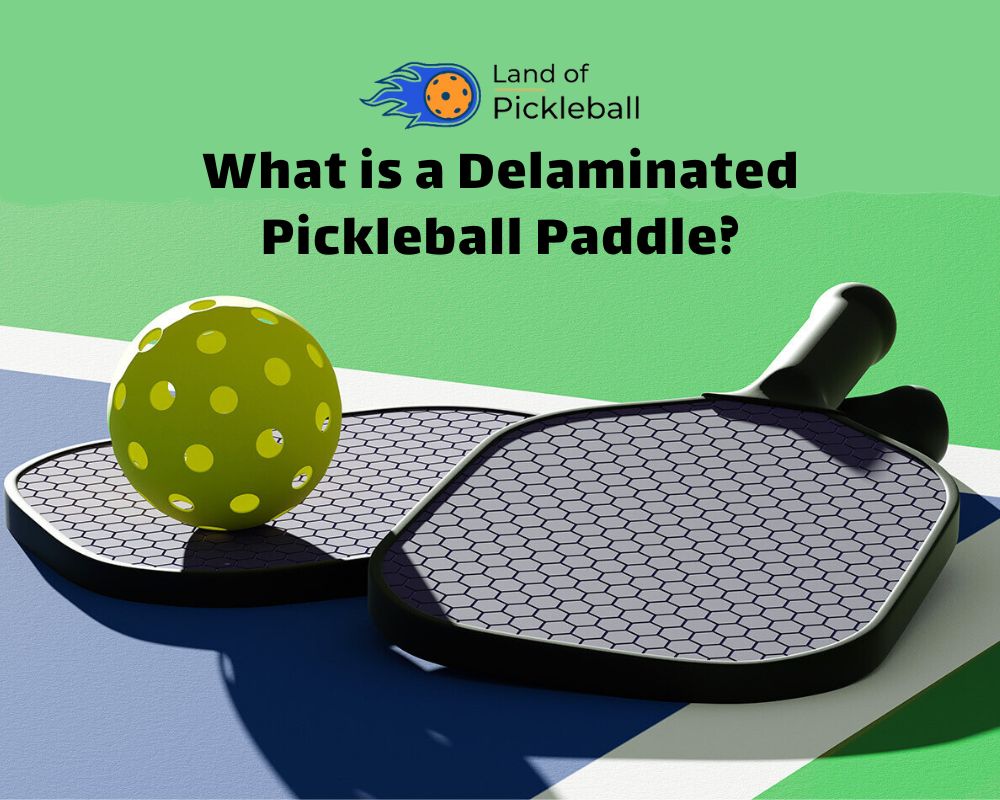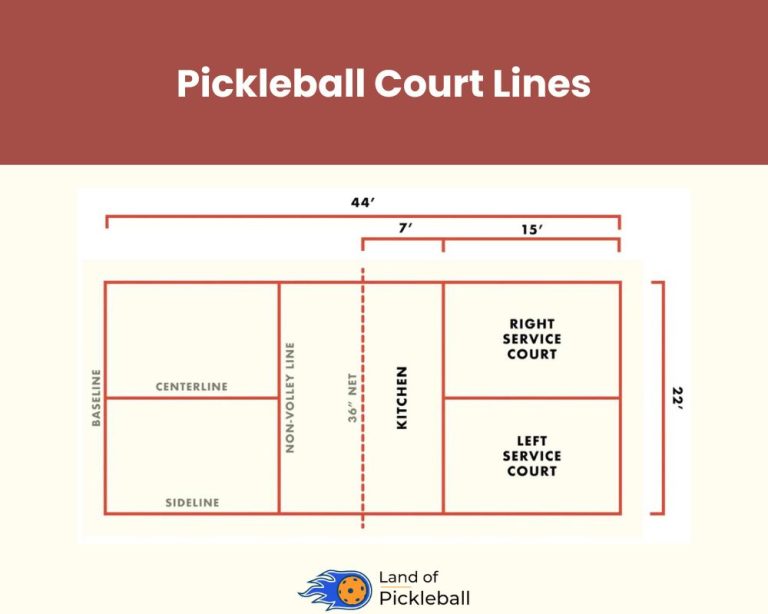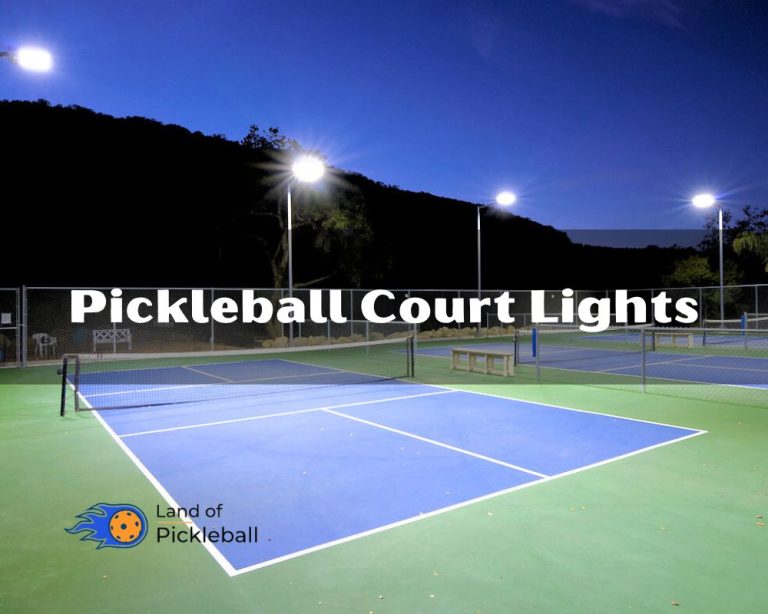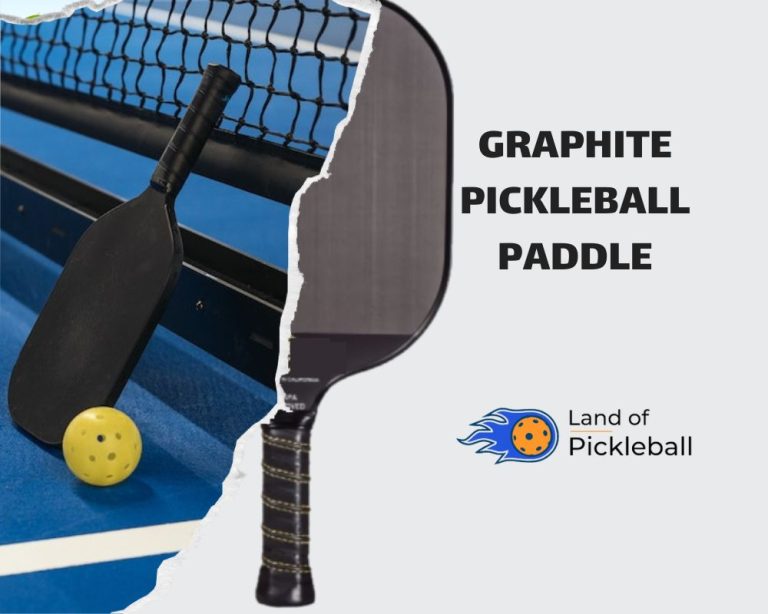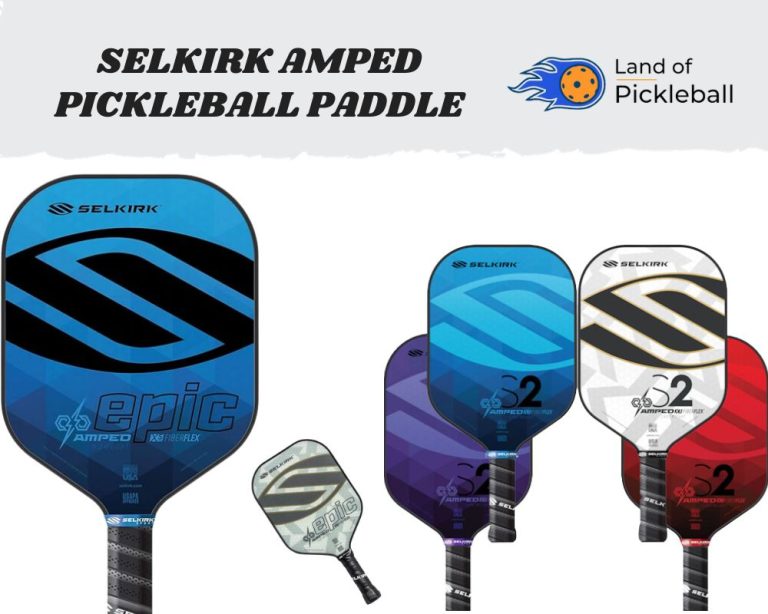What is a Delaminated Pickleball Paddle?
Delaminated paddle affects play, cause dead spots, and reduces power. This post covers concerns, solutions, and insights from Ben Johns.
Pickleball; a paddle sport that’s originated from three other racquet sports. Similar to all sports, having suitable equipment for gameplay is crucial. You must ensure you participate in pickleball matches with appropriate equipment and drills.
What is a Pickleball Paddle Delamination?
Before learning how and why it’s delaminated and the actual reasons, you must understand what this delamination is. A delaminated pickleball paddle refers to a paddle experiencing layer separation. Particularly, it comes with the detachment of the core from the outer layer, which can occur due to glue breakdown, insufficient application, or ineffectiveness. It comes with a small crack between the core and the outer layers, an alarming situation for your paddle’s structural integrity.
However, delamination in a pickleball paddle means its layers have separated, compromising its structure. Signs include:
- Unusual sounds: A delaminated pickleball paddle will produce dull or hollow sounds when tapping or hitting a ball.
- Soft spots: While pressing the paddle’s surface, detect softer areas. You can indicate its layer separation.
- Uneven surface: You may feel the paddle’s surface for bumps or lumps, which could indicate possible delamination.
- Bubbling or Peeling: Examine the pickleball paddle’s surface for signs of bubbling or peeling, which may suggest layer separation.
- Visual Cues: Look for visible gaps or bulges on the paddle’s surface.
How can you detect a delaminated Pickleball Paddle?
It’s relatively simple:
Let’s suppose we’ve brought the thermoform paddles for your learning here. Press on the face of a thermoform paddle; it may be delaminated if there’s some springiness or give.
Bounce a ball or play with the paddle to listen for any unusual noises compared to what you’re used to; this can be a significant indicator.
- Tap Test: Tapping the surface can reveal a hollow sound. While playing, if you notice significant changes in the paddle’s pop and power, delamination may be occurring.
- Visual Inspection: A close look can help you identify any separating layers.
Paddle Components
A typical pickleball paddle comprises three main parts:
- Handle & Grip: Designed for comfort and control
- Surface Material: Commonly fiberglass or graphite
- Core Material: Polymer, Nomex, or aluminum
Impact of delamination on Gameplay
Loss of Control: You won’t be able to direct the ball as effectively.
Reduced Power: Less force means less ability to dominate the game.
How does delamination Happen?
Manufacturing Issues: Often, it’s not the players’ fault, but it’s the paddle. Poorly made paddles can delaminate quicker.
Wear and Tear: Regular use of a paddle, especially with aggressive play, can also contribute to delamination.
What problems occurred due to the Delaminated Pickleball Paddle?
You must understand that a delaminated pickleball paddle poses an issue because it generates excessive power while hitting the ball. The separation between the outer layers and core acts like a spring, turning the outer wall into a trampoline. This extra power exceeds the limits set by the sport’s governing body, USA Pickleball, which can be unsafe on the court. It’s quite insecure, especially near the Kitchen line where players are close.
Delamination usually occurs gradually, as wear and tear weaken the glue between the outer layers and core. Unlike traditional paddles that deteriorate with time, delaminated paddles gain more power over time because of this spring-like effect. A paddle that initially passed testing can later exceed the set parameters.
Thus, to maintain fairness in the professional game, it’s crucial to enforce paddle rules consistently, whether paddles are used or new, to uphold the sport’s integrity.
The gap between the face and core creates a springy effect, resulting in more powerful ball strikes. This has sparked controversy, and world number one Ben Johns expressed his views on Twitter.
What’s the tweet on Ben Johns about delamination?
Ben Johns’ tweet addresses the issue of delamination. While discussing delamination and suggesting improvements is acceptable. He potentially crossed a line by implying that companies intentionally use it to benefit their players. He specifically named companies and advocated for penalties that could harm their reputations. This led to a backlash from both the companies and social media followers.

What are the core causes of a delaminated Pickleball Paddle?
Delamination in pickleball paddles can stem from various factors:
- Gluing: The primary reason can be Inadequate adhesive application or weak bonding between layers during manufacturing, which can cause delamination. It especially opens when exposed to gameplay stress.
- Carbon Edge Strip: Delamination may occur if the carbon edge strip enhances paddle durability. It’s due to improperly installed or poorly bonded.
- Clamshell: Paddles using a clamshell design, where two halves form the paddle face, can experience delamination if the bonding between these halves is compromised or if the layers separate.
- Construction: Paddles made from low-quality materials or lacking a robust design are more prone to delamination. Manufacturing defects can also weaken the paddle’s structure.
What are the appropriate solutions for a Delaminated Pickleball Paddle?
To address the concerns regarding delaminated pickleball paddles, proposed solutions include:

- Revising Paddle Rules: You must develop new rules for paddle testing according to USAAP. Then, you should implement stronger testing methods to target the root cause—maintaining an appropriate power level for pickleball paddles at the manufacturing stage.
- Pro-level Testing: It increases the testing of pickleball paddles at professional levels. Hence, it includes on-site testing during tournaments and events.
- Promote Inspection: Therefore, it encourages players, both professional and unprofessional, to proactively inspect their paddles for signs of delamination. So they can replace paddles if issues are identified.
- Paddle care: Promote proper paddle care practices to prevent premature delamination and wear, such as storing paddles in dry places. Likewise, you should avoid extreme temperatures and not overload paddles with tension.
- Proper Storage: Always store your paddle in a dry, temperate place.
- Regular Maintenance: Frequent checks and cleaning can go a long way.
Final Verdict
Delamination in pickleball paddles occurs when layers separate, compromising performance. Common causes include gluing problems, construction flaws, incorrect carbon edge strip installation, and clamshell design. You can detect it by strange sounds, uneven surfaces, bubbling or peeling, or soft spots. Delamination affects various paddle types, leading to a reduced sweet spot, decreased durability, altered play, and safety concerns. Hence, its solution includes contacting the manufacturer, providing proper care, and seeking professional repair.
Ultimately, you have comprehensively learned what’s a delaminated pickleball paddle.

